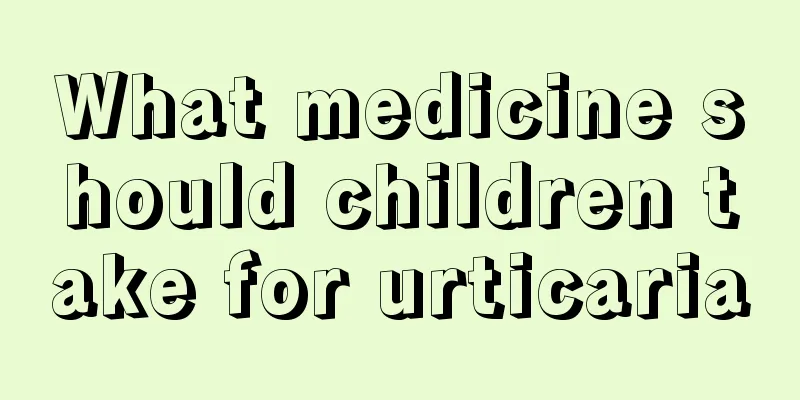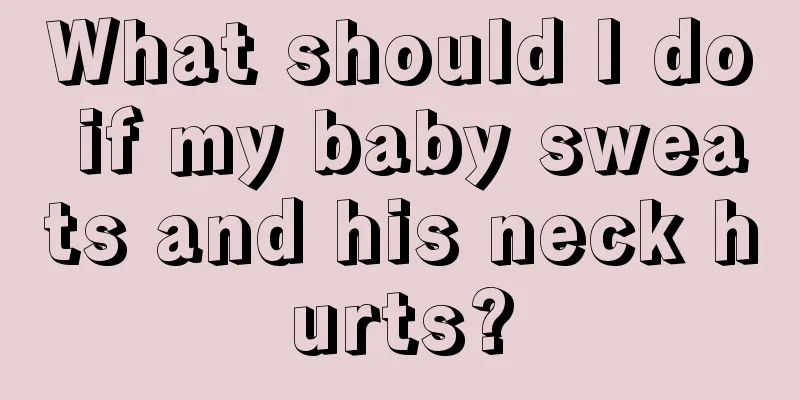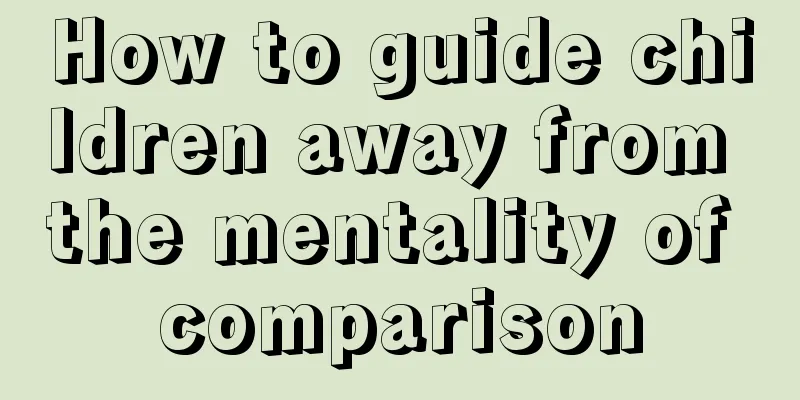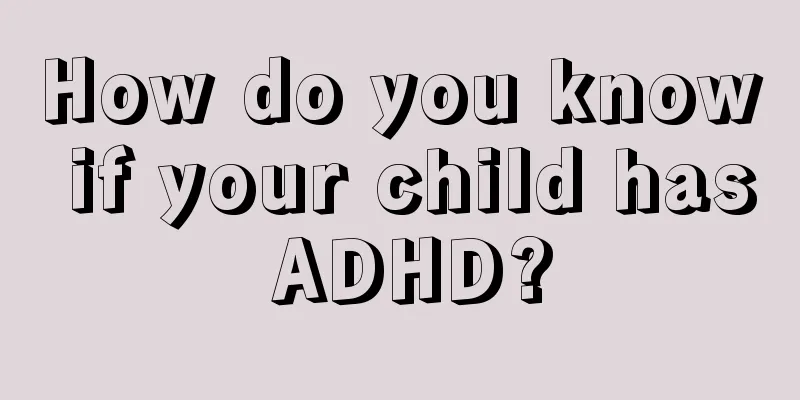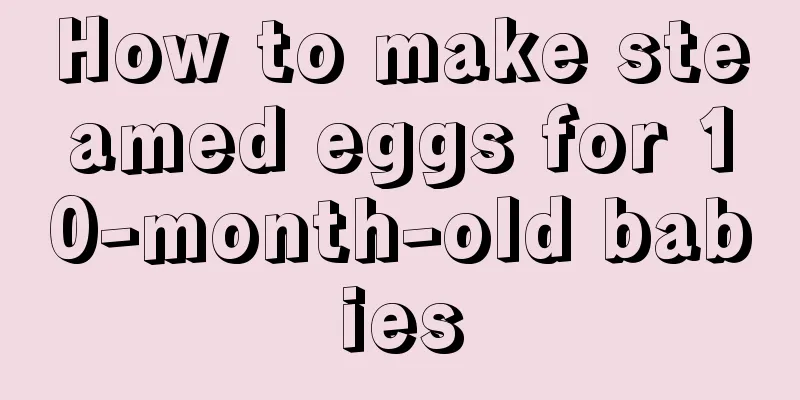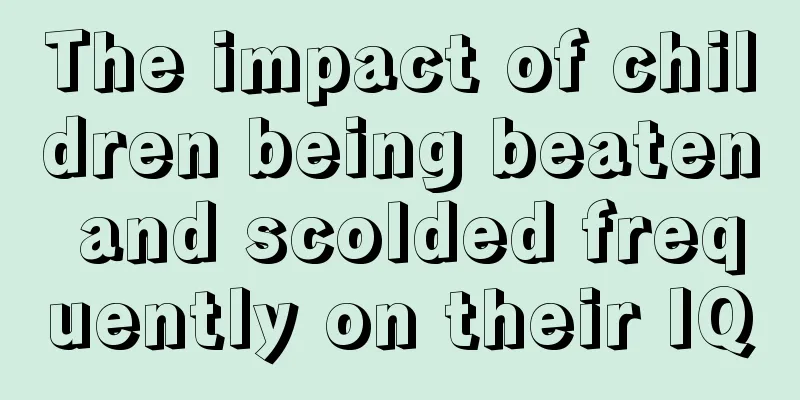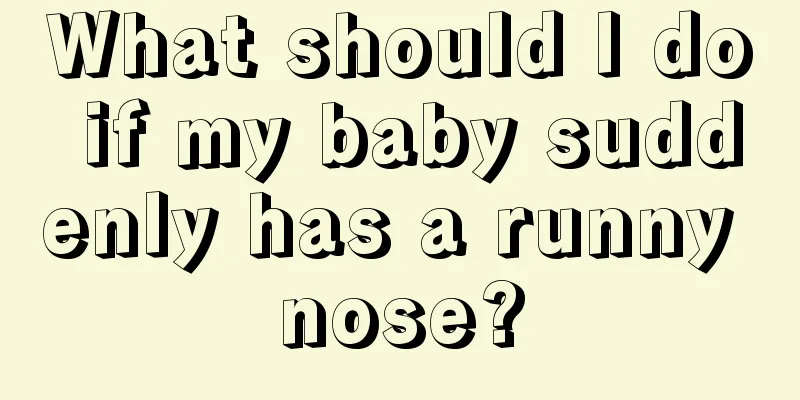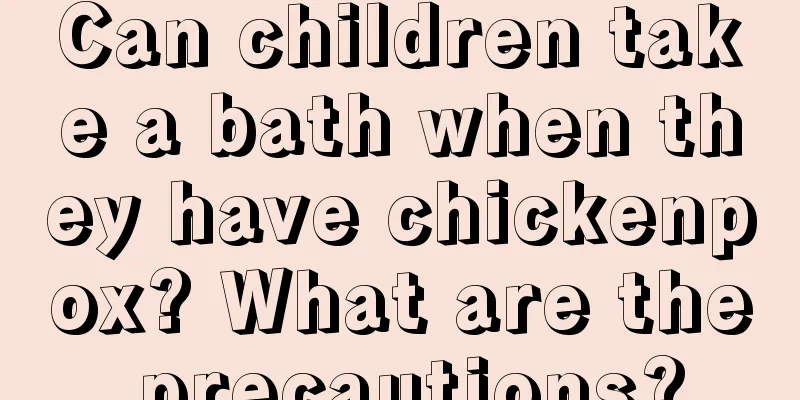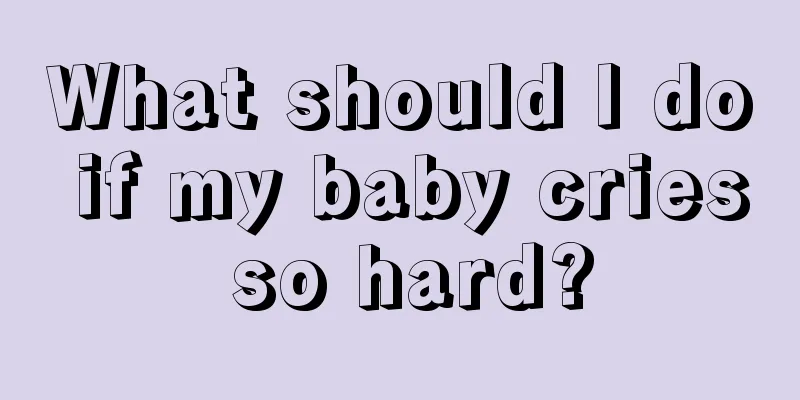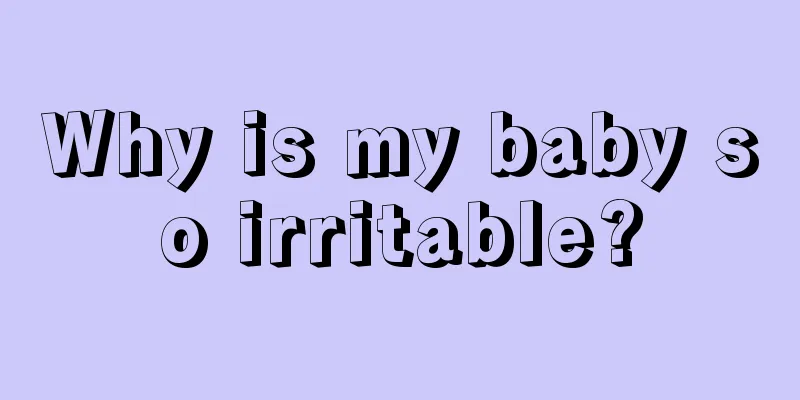What should I do if my child has a fever and convulsions?
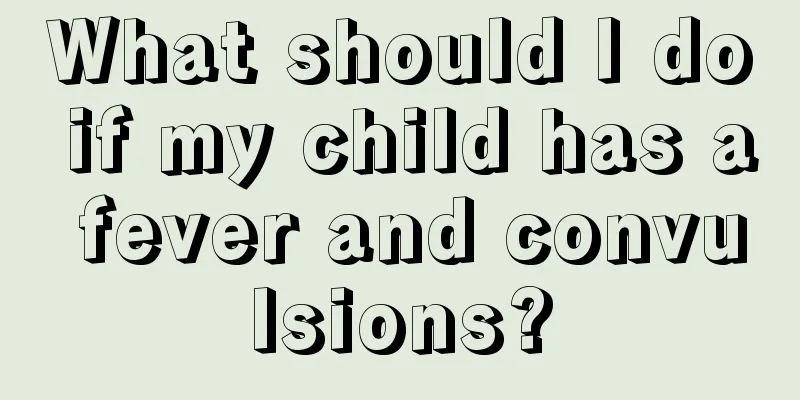
|
Nowadays, children have more and more health risks, especially when they have a fever. If it is not handled promptly and correctly, it can easily lead to high fever convulsions. Children will then show convulsions or even rolling their eyes. So what should we do if children have fever and convulsions? Convulsions are indeed very harmful. Timely and correct first aid treatment is crucial. At the same time, they must also receive formal and systematic treatment to get rid of the troubles of the disease as soon as possible. Convulsion is actually commonly known as "seizure", which is a common emergency in children. Febrile convulsions often occur in children under 3 years old, especially in children under 1 year old. This is mainly because the cerebral cortex of children is not mature enough and the nervous tissue is not fully developed. Therefore, when the body temperature is too high, the baby will have twitching of the face and limbs, accompanied by staring or turning up eyes, pale face, clenched teeth, and unresponsiveness to calls. Some children may have incontinence. The symptoms of this type of convulsion look scary, and the attack is usually short-lived, generally lasting only a few seconds to a few minutes. After the convulsion stops, the baby's mental behavior quickly returns to normal. However, since repeated convulsions can damage brain tissue and affect the healthy growth of children, they should be avoided as much as possible. To prevent febrile convulsions, you must first pay attention to controlling your body temperature. The most taboo is to wrap yourself too much to help "sweating" when you have a high fever. Children with a history of febrile convulsions must use antipyretics in time if they develop a high fever, and then be sent to the hospital for medical treatment to avoid convulsions on the way. If the baby has already had convulsions, parents should immediately lay the child flat on the bed, unbutton the collar, turn the head to one side, remove food and mucus in the mouth to prevent blockage of the respiratory tract; at the same time, press the Ren Zhong point (1/3 from the nose to the upper lip) with fingers until the child wakes up; place pads between the teeth to prevent tongue bites. If your teeth are clenched, do not pry them open with force to avoid damaging your teeth, while keeping your airway open. It is best to wait until the shock is over before going to the hospital for treatment, and closely observe the child's condition on the way to the hospital. Babies who have recurrent convulsions, especially those whose high-febrile convulsions turn into afebrile convulsions, should also go to the hospital for detailed examination and necessary treatment. Through the above introduction, everyone is clear about what to do if your child has fever and convulsions. Convulsions cannot occur repeatedly, otherwise it will have irreversible consequences for young children. It can be seen that it is very important to protect children's health and safety in daily life and reduce fever as soon as possible after a fever. Don't take it lightly. |
<<: What are the symptoms of convulsions after a child has a fever?
>>: What to do if your child has dry lips
Recommend
What is the cause of the red pimples on the child's face?
Children are very difficult to take care of becau...
At what age do boys start to change their voices?
At what age do boys start to change their voices?...
How long does it take for urticaria in children to heal?
Because urticaria, a skin disease, is related to ...
How long do premature babies usually stay in the hospital?
If the child is a premature baby, he or she gener...
What to do if your child's palms and soles sweat
For every family, children are like gifts from Go...
What to do if your baby snores and holds his breath while sleeping
Some babies snore when they sleep, and many paren...
Why can't my baby laugh on his own?
Although everyone has different personalities, th...
What to do if your three-year-old baby's teeth are black
Nowadays, many babies' teeth have turned yell...
How old is the baby when all the teeth grow
Many parents hope that their baby's teeth can...
Why should jaundice be treated with blue light?
Once jaundice occurs, the best way to treat it is...
Do this to cure children’s indigestion without taking any medicine!
Many children cannot control themselves when it c...
Shocking! 12 kinds of daily food are the killers of baby health
The health of the family is the wish of every hou...
What to do if your child has bronchitis? This is scientific therapy!
Viral and bacterial infections can cause pediatri...
What are some warm-up exercises for children?
Young children are in the period of growth and de...
At what age do children lose their baby teeth?
It is a great blessing to have a child in the fam...
